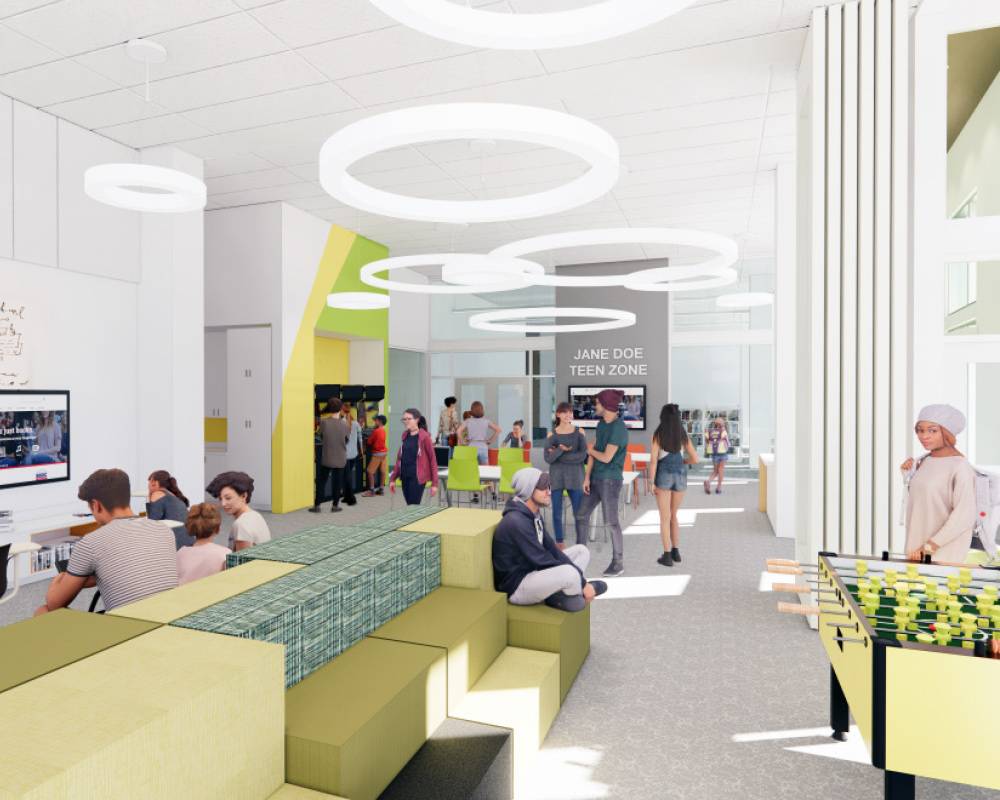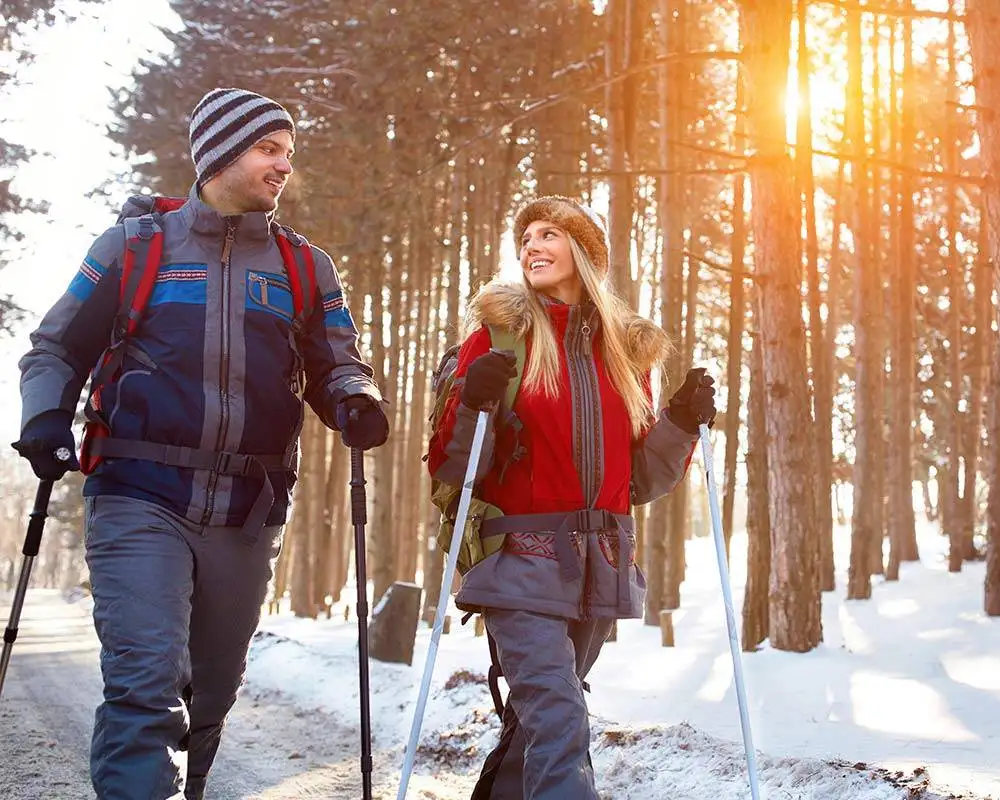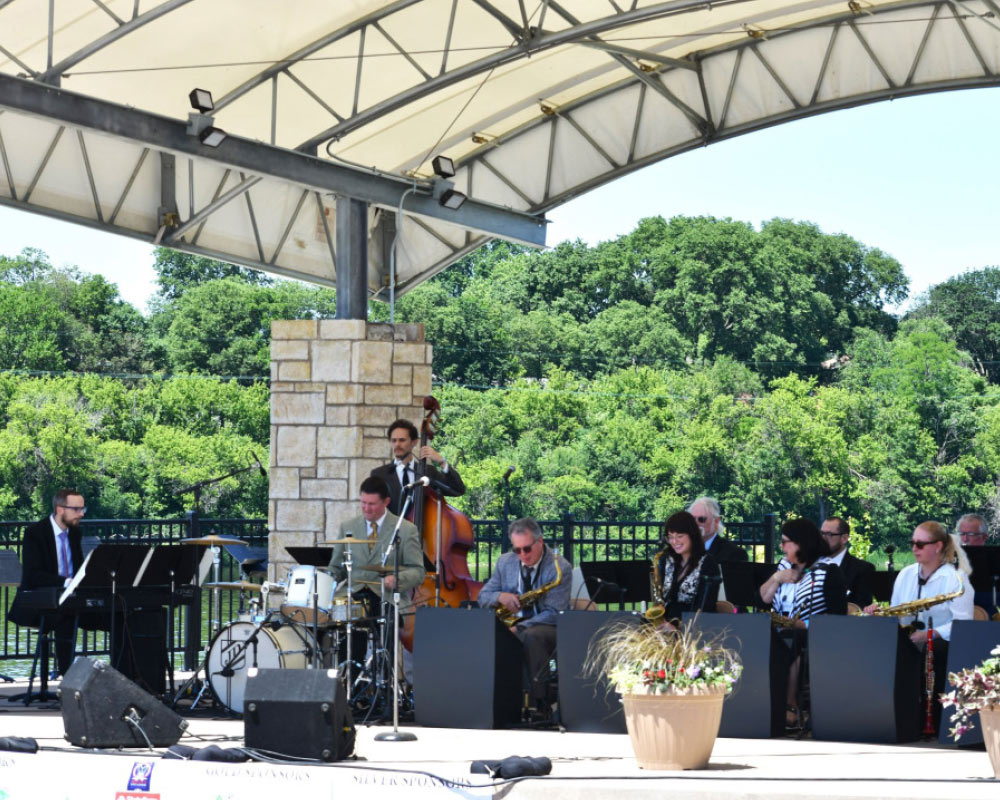After experiencing a stroke, most patients have a few months to a year to make their most significant recovery gains. That’s why stroke rehabilitation typically begins right away after the patient is stabilized in the hospital.
Since stroke can change brain chemistry, neurologists usually monitor stroke patients for depression. It’s important to intervene if this is detected, since it can inhibit a person’s motivation during therapy. Most stroke patients do three core types of therapy: physical, occupational and speech.
Patricia Glynn, a physical therapist assistant at Beloit Memorial Hospital, primarily helps patients with anything related to mobility such as walking, balancing and getting in and out of bed.
Lauren Kolar, an occupational therapist, primarily focuses on activities of daily living. Most stroke patients have upper extremity weakness on one side, which can affect their ability to get dressed, brush their teeth, wash their face – “pretty much everything,” Kolar says.
Allison Petska, a speech language pathologist, helps patients with both the cognitive and physical aspects of speech. It’s not uncommon for stroke patients to have issues with swallowing, slurred speech or aphasia – difficulty with understanding or producing language.
“Very seldom are we with patients all at the same time,” Glynn explains.
“But we definitely share information,” Kolar adds. “I look at both of their notes before I go to see a patient.”
All three therapists consider a patient’s specific goals when coming up with a treatment plan. They also encourage families to be involved from the very beginning.
“A good support system makes a huge difference,” Petska says. “I think awareness of the patient’s deficits is really important as well.”
All three therapies gear patients toward functional independence. It’s a long-term process, since recovery can take weeks or even years, depending on the severity of the stroke.
But every small gain is a victory and there’s always hope.
“It’s certainly possible to make a full or almost full recovery,” Kolar says. “There’s life after a stroke.” ❚
















